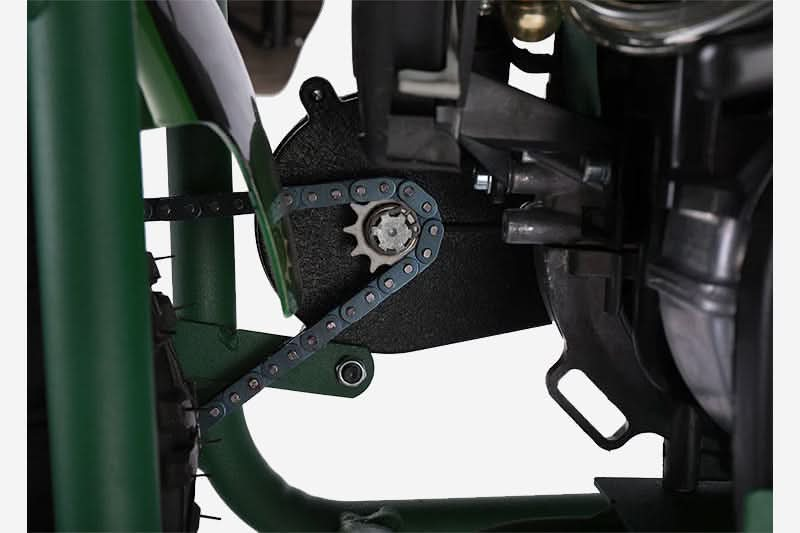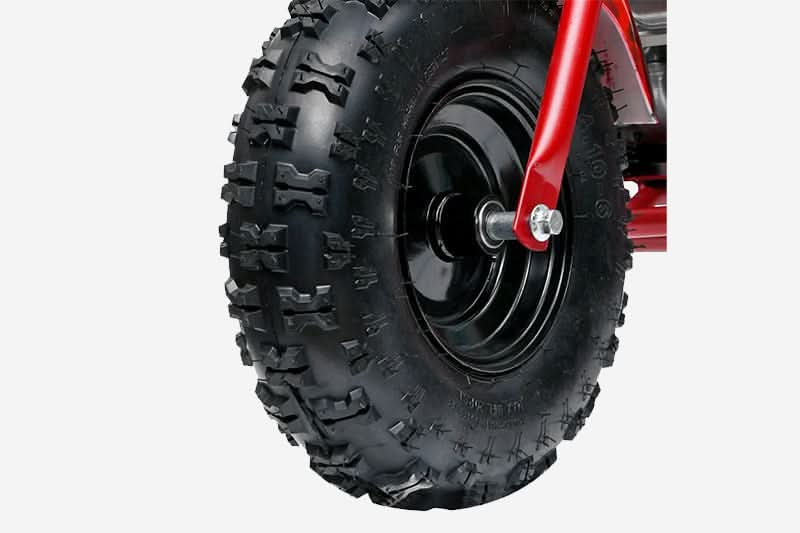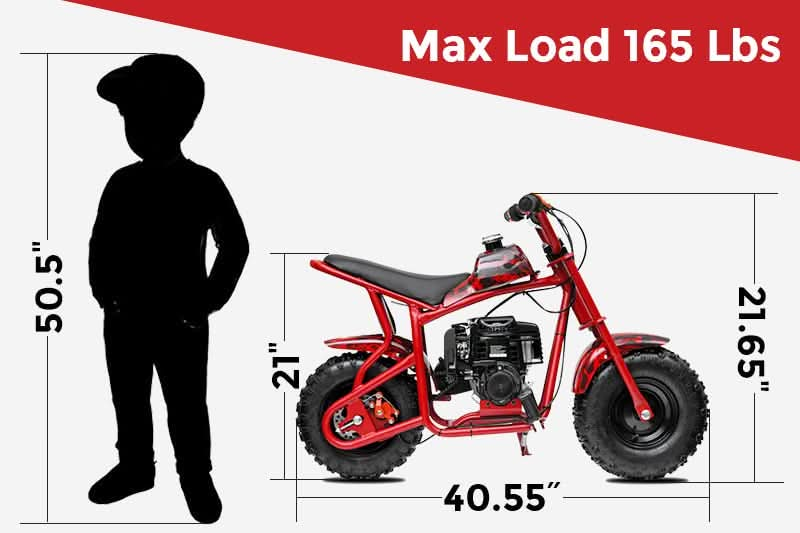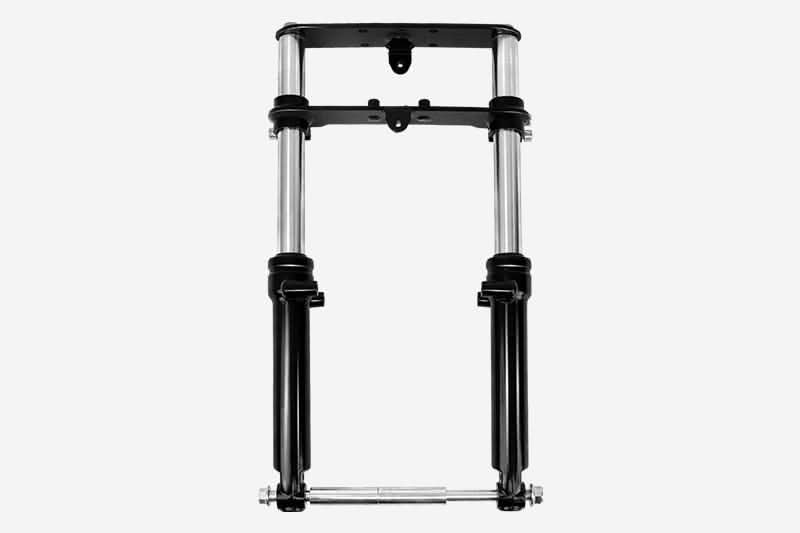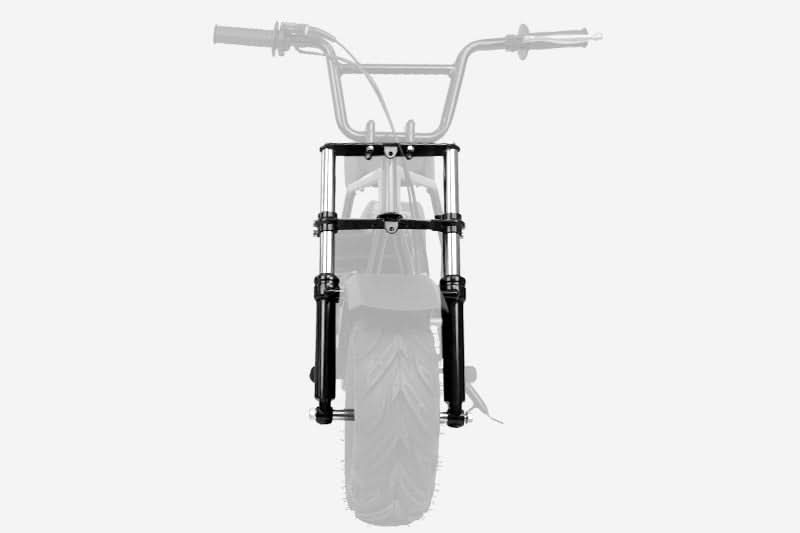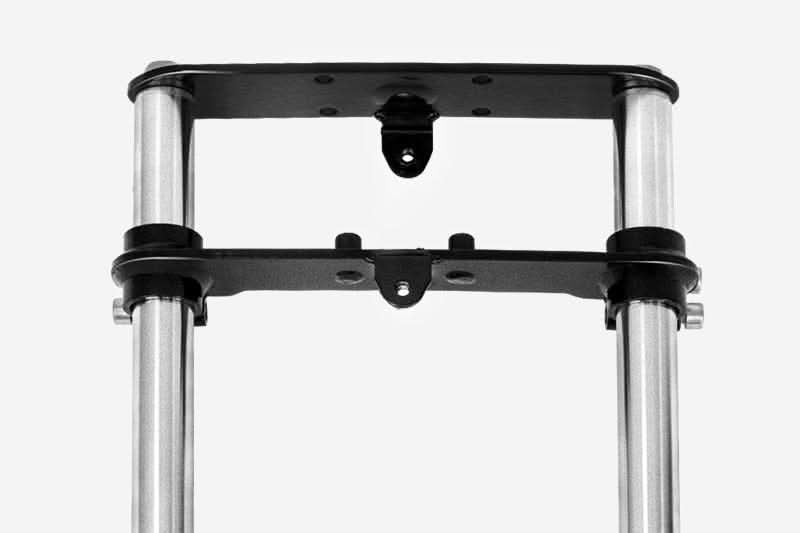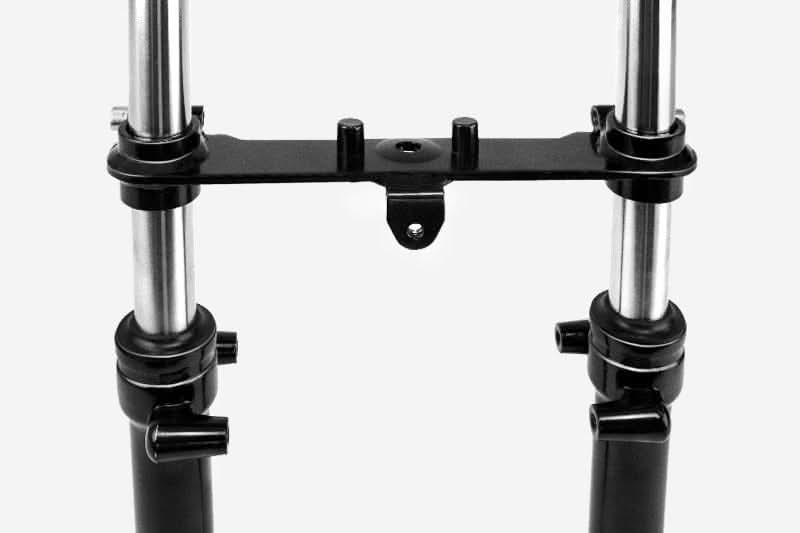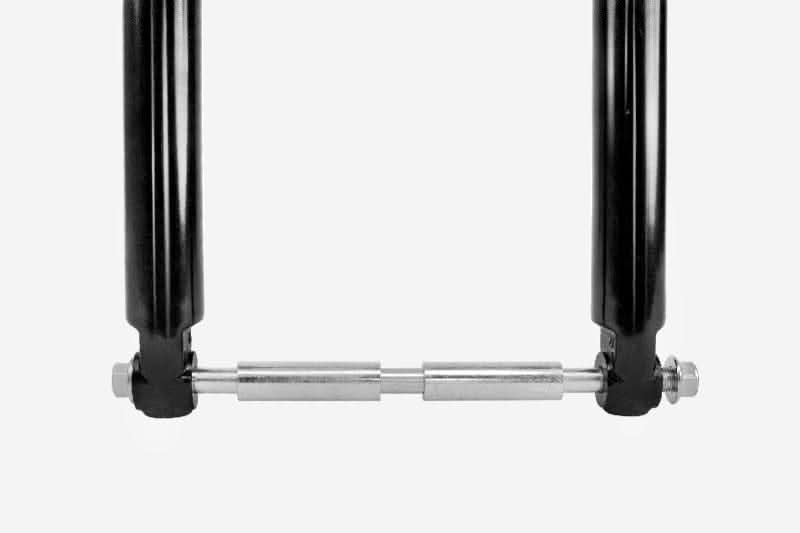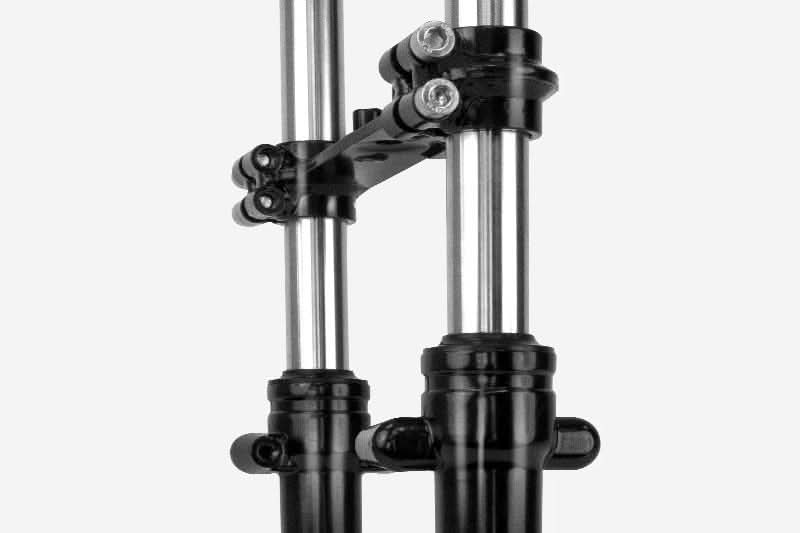What is the difference between the different strokes of the dirt bikes
Imagine yourself gliding through rugged terrains, feeling the rush of adrenaline coursing through your veins as you tackle obstacles and conquer challenging trails on your gas power dirt bike. But before you embark on this thrilling journey, let's explore the fascinating world of dirt bike engines the heart and soul of these powerful machines.
As you venture into gas power dirt bikes or youth dirt bike, you'll encounter two primary engine types: two-stroke and four-stroke engines. Each of these engines has unique characteristics, and their riding experience is distinctive. Before we delve into the details, let's take a moment to understand why this decision is so crucial.
Choosing between a two-stroke and a four-stroke engine is like selecting the perfect partner for your off-road escapades. Both engines have their strengths and weaknesses, and the right choice will greatly impact your overall enjoyment and performance on the trails. So, let's rev up our engines and dive into the exciting world of gas power dirt bikes!
Two-Stroke Engines: The Agile Powerhouses
Regarding simplicity and lightweight design for gas dirt bikes or youth dirt bikes, the two-stroke engine takes center stage. These engines have fewer moving parts, making them lighter and more compact than their four-stroke counterparts. The reduced complexity contributes to a more agile and nimble riding experience and simplifies maintenance, making it easier for riders who prefer to do their own wrenching.
What sets the two-stroke engine apart is its power delivery. It generates more power per engine cycle, resulting in quicker acceleration and better performance, especially in tight corners and technical sections. This explosive power can be a true adrenaline booster for thrill-seekers who crave high-speed adventures and quick bursts of acceleration.
The two-stroke engine's power band the range of RPMs where it produces its maximum power is narrower than the four-stroke. This concentrated power band demands precise gear shifting and throttle control, rewarding skilled riders with a thrilling and responsive riding experience.

Four-Stroke Engines: The Smooth Torque Masters
On the other side of the engine spectrum, we have the four-stroke engines, known for their sophistication and refined power delivery. These engines have additional valves and components, making them slightly heavier than two-stroke engines.
The beauty of the four-stroke engine lies in its smooth power delivery. The power builds up gradually and linearly, providing better low-end torque and predictable performance. This characteristic makes it easier to control the bike, especially for riders navigating challenging terrains or seeking a more relaxing and controlled riding experience.
The broader power band of the four-stroke engine means you don't have to rely heavily on gear changes to access its power. This versatility allows riders to stay in higher gears for longer, reducing the need for constant shifting and providing a smoother, more effortless ride.
Power Band: Precision vs. Versatility
As mentioned earlier, the power band is a crucial factor that sets these engines apart of the gas dirt bikes or youth dirt bikes. The two-stroke engine's narrow power band concentrates power in a specific RPM range, typically higher up the rev range.
This intense burst of power demands precise throttle control and gear shifting, making it a thrilling challenge for experienced riders. For those who love to push the limits and feel the rush of adrenaline with every throttle twist, the two-stroke engine is a natural choice.
On the other hand, the four-stroke engine's broader power band provides power throughout a wider range of RPMs. This means you can enjoy consistent power delivery without constantly shifting gears.
This versatility is especially advantageous for beginners or riders who prefer a smoother, more predictable ride, especially on longer journeys or varied terrains with gas power dirt bikes or youth dirt bike.
Durability: Maintenance Matters
While the excitement of dirt biking is second to none, it's essential to consider the practical aspect of maintenance. Two-stroke engines, with their simpler design, are generally easier to maintain.
However, they require more frequent attention, including regular oil and air filter changes. Proper maintenance is essential to keep the engine running smoothly and to ensure optimal performance.
On the other hand, four-stroke engines have longer service intervals and generally require less frequent maintenance.
This can be a significant advantage for youth dirt bike or gas dirt bike riders who prefer to spend more time on the trails and less time in the garage. Proper maintenance is still crucial, but you'll have more time between service intervals to enjoy your off-road adventures.

Fuel Consumption: Balancing Power and Efficiency
Fuel consumption is vital, especially for youth dirt bike riders planning long journeys or environmentally-conscious adventurers. Two-stroke engines consume more fuel due to their higher power output and faster combustion. This can result in more frequent refueling stops, especially during high-intensity rides.
Conversely, four-stroke engines are more fuel-efficient, burning fuel more slowly and efficiently. This reduces the frequency of pit stops and helps minimize your environmental impact. If you're a gas dirt bike rider who values fuel efficiency and sustainability, the four-stroke engine aligns perfectly with your eco-conscious values.
Emissions: Riding Responsibly
We cannot overlook the environmental impact in the quest to find the ideal dirt bike engine.
Two-stroke engines produce higher emissions due to the oil and fuel mixture burned during combustion. These emissions can contribute to air pollution, making two-stroke engines less eco-friendly than their four-stroke counterparts.
On the other hand, four-stroke engines have lower emissions and are generally considered more environmentally friendly.
They operate with separate compartments for oil and fuel, leading to cleaner and more efficient combustion. If you wish to minimize your carbon footprint while enjoying the thrill of off-road riding, the four-stroke engine is the choice.
Conclusion: Finding Your Perfect Match
Whether you opt for the raw power of a two-stroke or the torque and versatility of a four-stroke, rest assured, there's a gas power dirt bike out there waiting to accompany you on thrilling adventures.
Take your time, research, and find the perfect companion that suits your needs and fuels your passion for off-road exploration.
So, gear up, hit the trails, and let the wind carry you through an unforgettable journey of adrenaline, freedom, and the joy of off-road riding!




































